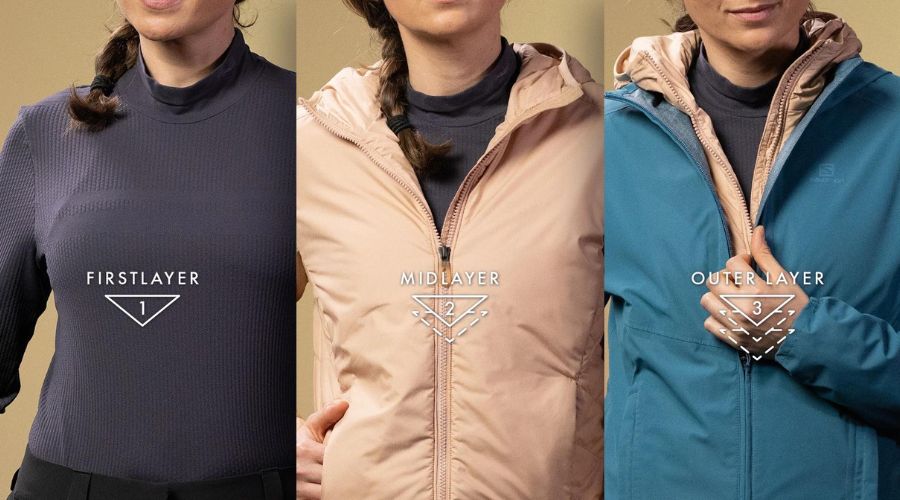Not all Digital Nomads and travellers like beach life and warm climates, there are those like me who also enjoy winter activities. If you are planning an activity in the winter months, then you need to make sure you can explore the outdoors with confidence.
Putting careful consideration into the types of activities you will undertake and the most suitable clothing you will need will mean you can ensure your comfort, safety and protection as you make the most of your cold-weather adventure.
Why Layering Matters
If you are planning to spend time exploring the great outdoors in the winter months, it’s easy to think that a heavy coat alone will suffice to keep you warm, dry and comfortable. However, relying on one outer layer will not only restrict you as you embark on your chosen activity, but it will also present potential risks.
It is vitally important that you think about layers of clothing you can wear, which will not only help to keep you warmer and dry should you encounter harsh weather conditions, but layering will give you the flexibility to add or remove clothing should you need to.
If you were to rely on a heavy outercoat alone, you could overheat during more strenuous activities, or similarly, you may need to add extra layers of protection if the weather were to suddenly take a turn for the worse.
The Three-Layer Strategy
Getting to grips with the art of layering clothing when spending time outdoors in the colder months is something every keen explorer should do. There are three essential layers that need to be considered, to make sure you are as comfortable as possible during your chosen activity:
- Base layer: The base layer of clothing will help to keep you dry and should be snug yet breathable to allow for air circulation and to help avoid sweating. Think long-sleeved tops and leggings made from synthetic materials such as polyester, nylon, silk, and merino wool.
- Mid layer: The role of mid layer clothing is to provide additional warmth and flexibility. Popular choices would be a polyester fleece or a down-insulated insulated jacket, ideally with a hood to provide extra protection.
- Outer layer: The outer layer of clothing’s main function is to provide protection from the elements, whether that be rain or snow. Outer layers should be waterproof and lightweight and should be easy to pull on over your other layers so you can add and remove them accordingly throughout your chosen activity.

Considering Activities When Planning Clothing
When planning your outdoor activities, you must think carefully about what clothing will be most suitable. There are many things to consider, from the terrain you will encounter to the length of your planned activity, as well as the difficulty of the excursion.
For example, if you are planning a more strenuous hike in difficult terrain, you may want to think about wearing lighter clothing so that you can move around with ease and you won’t overheat. Whereas, if you are planning on a more leisurely or sedentary walk, opting for thicker layers would be the best option, so you can keep warm and remove or add them accordingly.
Whatever you have planned, making sure you have a comfortable and sturdy pair of walking boots is essential. Not only will they give you comfort, but they will also help protect your feet if you are navigating difficult terrain and will shield you from the elements should you encounter inclement weather conditions.
Pair your walking boots with thick hiking socks for maximum comfort if you are planning an excursion that could last several hours.
As you explore winter landscapes, your main focus should be enjoying your excursion and taking in all of the wonderful sights you will encounter on your adventure.
Making sure you have carefully considered your clothing ahead of time will allow you to live in the moment, without worrying about comfort and the weather conditions you will encounter, as you will be fully prepared for any of the unique challenges you may face.


















